Breaking the Cycle: What Healthcare Leaders Are Saying About the Future of Interoperability

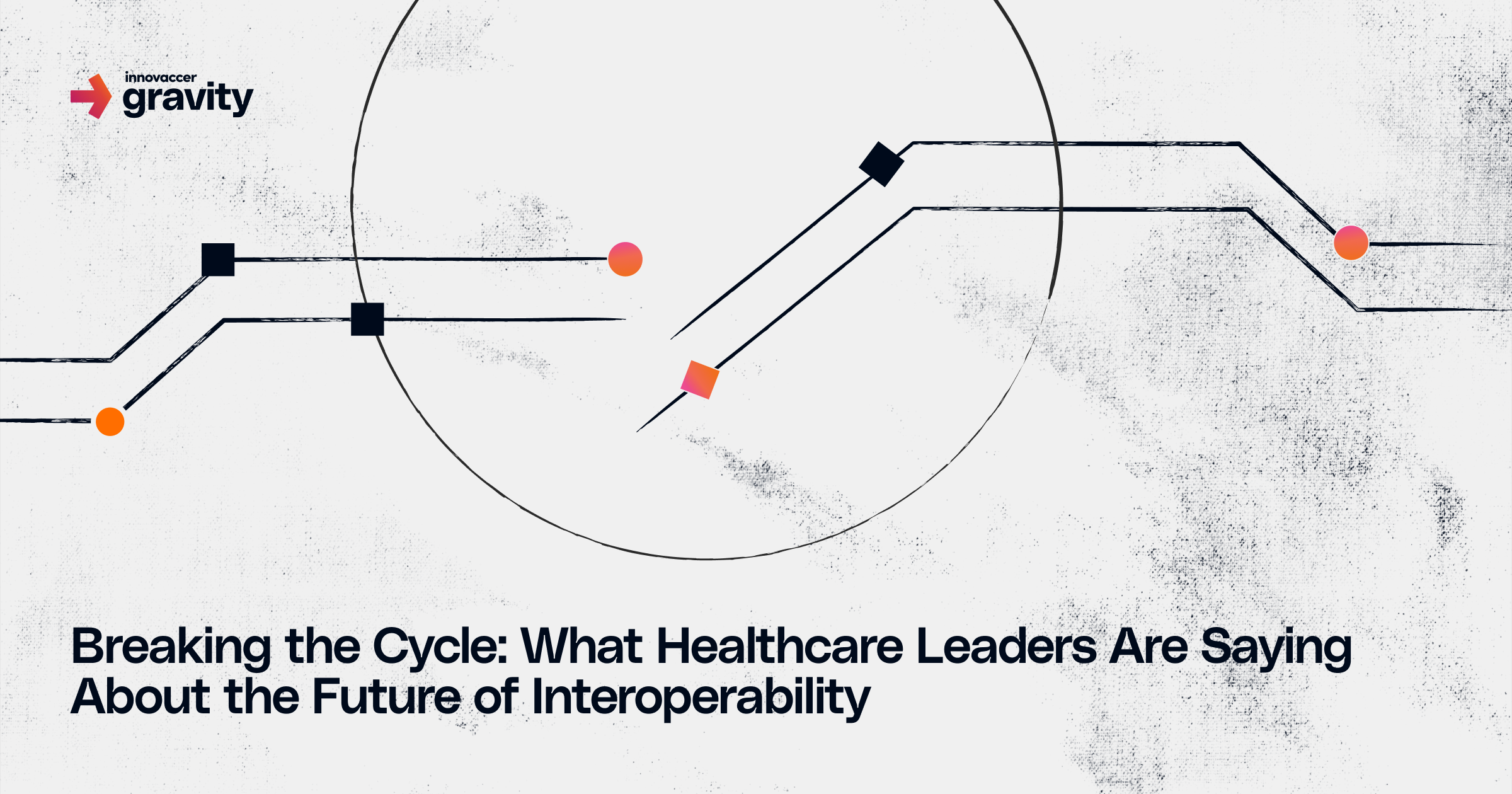
Healthcare is at a crucial juncture where two revolutionary elements, artificial intelligence and interoperability are merging to redefine the way medical data moves, changes, and ultimately enhances patient outcomes. Although industry leaders acknowledge important advancements in eliminating data silos, the journey to achieve fully integrated, AI-driven healthcare is still complicated and ongoing.
The Current Landscape: Progress Amid Persistent Challenges
Having spent over two decades in the healthcare industry, Todd Tyler, the Chief Information Officer at Curana Health, has seen the landscape evolve in countless ways yet many of the core challenges remain remarkably familiar. Tyler and his team face the persistent challenge of data organization and governance across multiple acquisitions, where inconsistent data structures continue to impede interoperability efforts. He expresses his concerns: "I feel that it's kind of like walking back in time in my career about 20 years ago, we're chasing the same things."
Tyler's team employs a simple approach to interoperability: querying health information exchanges, establishing point-to-point connections, leveraging third-party data enrichment services, and deploying natural language processing to clean up the inevitable mess of unstructured data. "I think you got to do both," Tyler explains when discussing build-versus-buy strategies, "and then also be having a good process in place that as you're bringing in multiple different data sets, you're not having duplication."
Instead of looking for perfect fixes, healthcare leaders are learning to manage complexity and that practical mindset may be the most effective way to tackle interoperability challenges.
The FHIR Paradox: Promise vs. Reality
Dr. Gurmeet Sran, Chief Clinical Data Science Officer at CommonSpirit Health, delivers perhaps the most perfect assessment of healthcare's interoperability standard. CommonSpirit operates as the second-largest nonprofit health system in America, spanning more than 20 states with over 150 hospitals, exactly the kind of massive, complex organization that FHIR was designed to help.
Sran puts it simply but sharply: "FHIR itself is effectively just a transport protocol."
Sran's experience reveals that successful data transport is merely the beginning, not the destination. "How the actual semantic way that FHIR is enabled in these EHRs is completely different," Sran explains. "If you can't find your A1C because it's listed in many different ways, or it may not be mapped correctly to the specifications, you're basically on this escapade of how do I do large-scale master data management?"
This insight exposes a critical gap in healthcare's interoperability strategy. While FHIR successfully moves data between systems, it doesn't solve the semantic normalization problem, the challenge of ensuring that data means the same thing across different systems.
The Semantic Challenge: Beyond Technical Integration
The semantic mapping problem represents one of healthcare's most significant obstacles to interoperability. Sran proposes a collaborative open-source community where healthcare organizations work together to create and manage semantic mappings, rather than depending on centralized entities to dictate data hierarchies.
"You begin to wonder why there isn't an actual open source community, or let's say a GitHub effectively, where people can start to contribute, govern, aggregate, and sort of effectively”.
This method could tackle essential issues that trouble healthcare data: Is diabetes characterized by an A1C of 6.0 or 6.2? How should new medications or procedure codes be hierarchically mapped?
The implications extend beyond technical considerations. The concept becomes even more compelling when considering healthcare's increasing involvement in clinical trials, value-based contracts, and accountable care arrangements—all of which require consistent data definitions to function effectively.
Interoperability Evolution: From Constraint to Real-Time Analytics Imperative
This external force generates a captivating interaction. Healthcare organizations that have adapted to their current interoperability constraints may soon realize that these constraints are becoming competitive disadvantages as payers and regulators demand real-time insights and actions. Tyler and Sran corroborate the increasing significance of real-time analytics in clinical processes.
Sran observes that educational consortiums and entities such as Leapfrog are starting to advance healthcare from batch processing to real-time solutions that are "contextually appropriate" and beneficial to clinicians instead of exacerbating burnout.
Tyler's organization illustrates this method by presenting risk adjustment data, care plans, and clinical insights at the moment of care, allowing providers to make better-informed choices with complete patient histories.
Policy and Governance: The TEFCA Framework
The Trusted Exchange Framework and Common Agreement (TEFCA) represents a significant policy development in healthcare interoperability. "TEFCA is an interesting framework," Sran explains. "It's effectively two different pieces. TEF is the trusted exchange framework—the technical infrastructure of how data gets exchanged between organizations. And then the CA is the common agreement, which is a complete governance way of looking at it."
This dual approach, combining technical standards with governance frameworks—may provide the foundation for the kind of collaborative, standardized approach to semantic mapping that Sran advocates.
Implications for Healthcare Leadership
The perspectives of these healthcare technology leaders highlight several essential factors for organizations aiming for AI-driven, interoperable care workflows:
- Data governance must precede technology implementation: For organizations to successfully implement AI or achieve meaningful interoperability, it is essential to first develop strong data governance practices and organizational frameworks.
- Semantic standardization requires industry collaboration: Organizations cannot address the semantic mapping challenge independently. Industry-wide collaboration, possibly via open-source projects, is essential for developing effective interoperable systems.
- Real-time analytics will become a competitive necessity: Entities that fail to deliver real-time insights at the point of care will face disadvantages due to their inability to keep pace with the industry expectations.
- Security and compliance cannot be afterthoughts: With the rise in data sharing and the growth of AI technologies, organizations need to ensure that security and compliance efforts match technological advancements.
The insights and viewpoints offered by Tyler and Sran highlight an essential reality: the future of healthcare depends not on selecting AI or interoperability, but on understanding them as interconnected components of an evolved healthcare system. Organizations that recognize this interconnection and dedicate themselves to the prolonged, intricate process of developing both capabilities at the same time will be ideally situated to provide the personalized, effective, and efficient care that patients require.

.png)




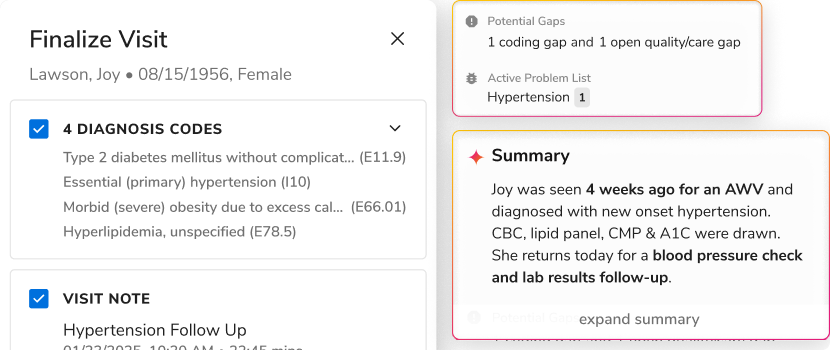
.png)

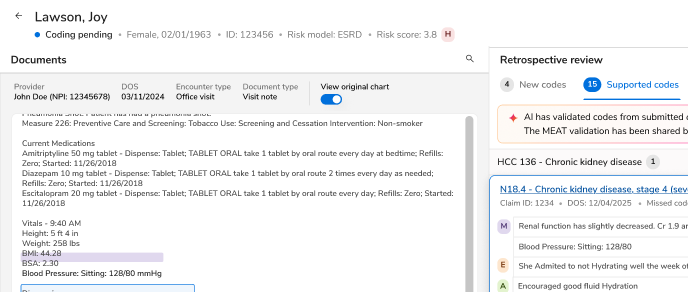
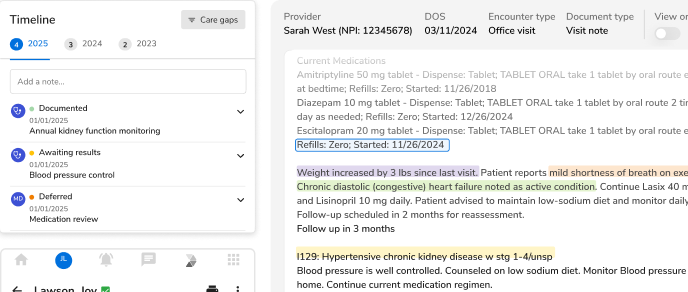
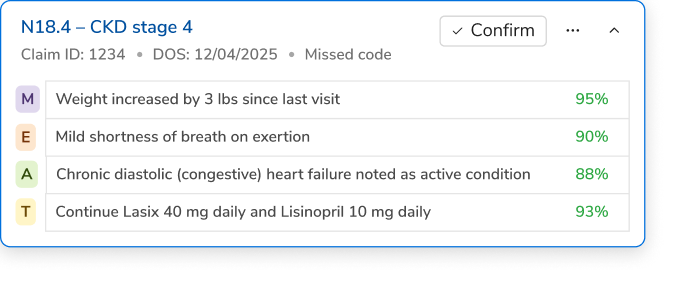





.svg)
.svg)

.svg)

